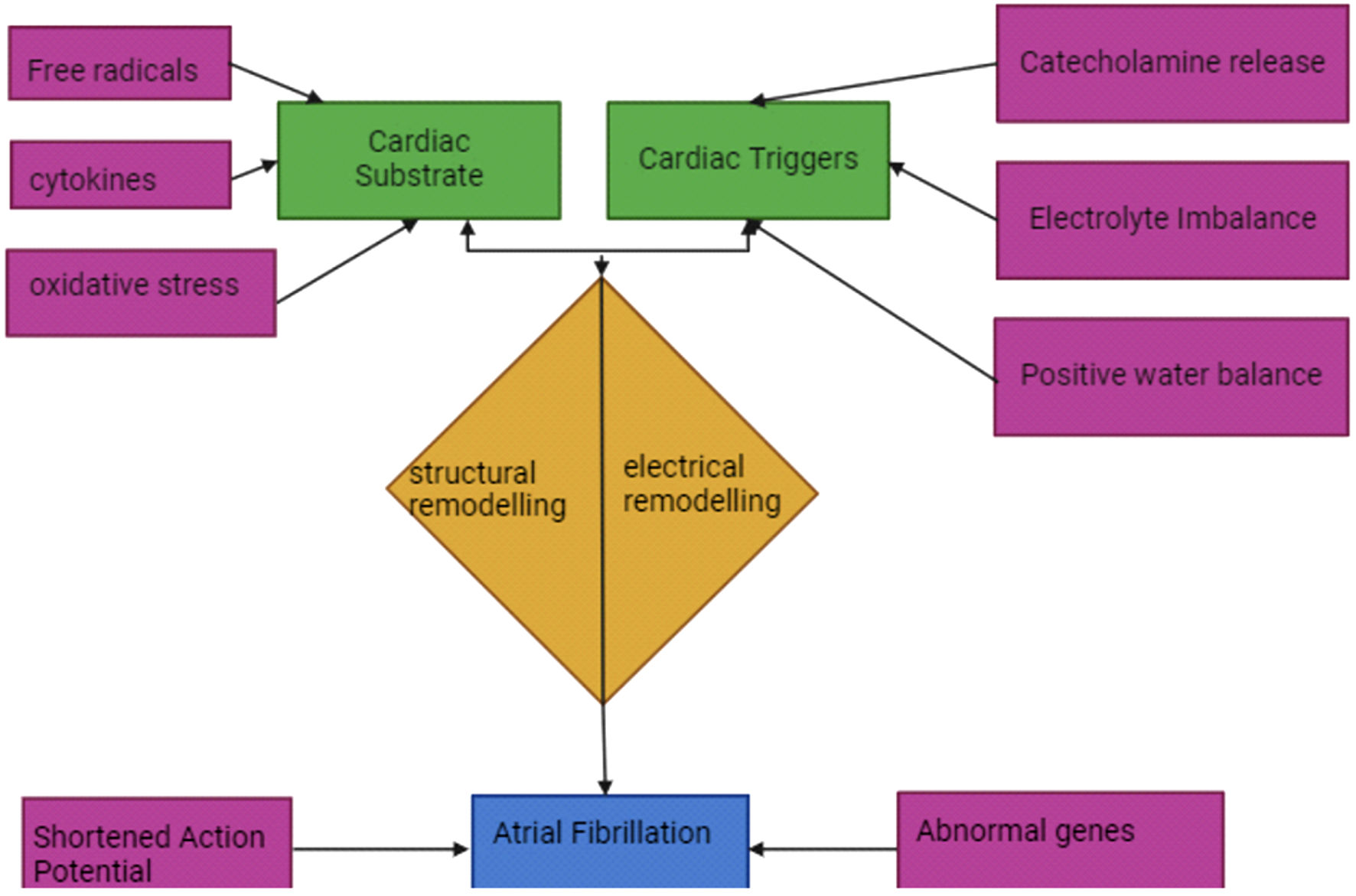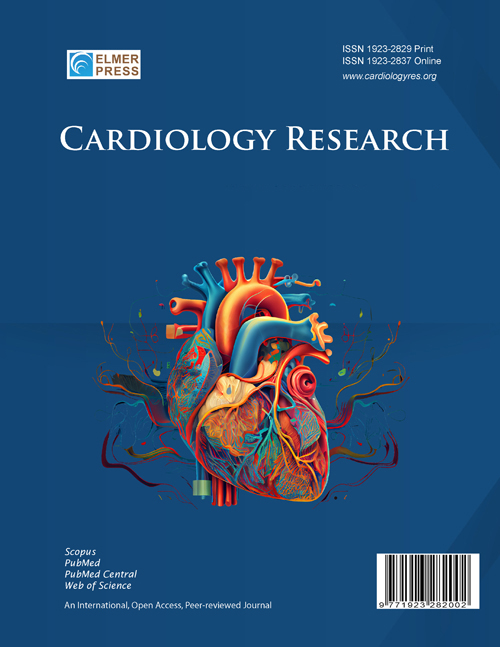Beyond the Beat: A Multifaceted Review of Atrial Fibrillation in Sepsis: Risk Factors, Management Strategies, and Economic Impact
DOI:
https://doi.org/10.14740/cr1723Keywords:
Sepsis, New-onset atrial fibrillation, Septic shock, Cardiac complications in sepsis, Arrhythmia in sepsisAbstract
Atrial fibrillation (AF) is a common arrhythmia in critically ill patients. The objective of this narrative review is to evaluate the characteristics of patients who develop new-onset atrial fibrillation (NOAF) because of sepsis, current management of NOAF in sepsis patients, special consideration in different populations that developed NOAF, health economic and quality of life of patients. We conducted a literature search on PubMed to find research related to NOAF, sepsis and critical illness. Nineteen studies were analyzed for risk factors and outcomes. The incidence rate ranges from 0.53% to 43.9% among these studies. There were numerous risk factors that had been reported from these articles. The most reported risk factors included advanced age, male sex, White race, and cardiovascular comorbidities. The management of septic patients is significantly challenging because of the unfavorable cardiovascular consequences and thromboembolic hazards associated with NOAF. There are comprehensive guidelines available for managing AF, but the effectiveness and safety of therapies in patients with sepsis are still uncertain. Various approaches for managing newly diagnosed AF have been explored. Sinus rhythm can be restored through either pharmacological or non-pharmacological intervention or combination of both. In addition, thromboembolism is a complication that can occur in patients with AF and can have a negative impact on the prognosis of sepsis patients. The use of anticoagulation to prevent stroke after NOAF in sepsis patients is still controversial. Extensive prospective investigations are required to have a deeper understanding of the necessity for anticoagulation following NOAF in sepsis. Beside the treatment of NOAF, early detection of NOAF in sepsis plays a critical role. The prompt initiation of rhythm control medication following a clinical diagnosis of AF can enhance cardiovascular outcomes and reduce mortality in patients with AF and cardiovascular risk factors. Additionally, NOAF in the intensive care unit can prolong hospital stays, increasing hospitalization costs and burdening the hospital. Therefore, preventing and managing NOAF effectively not only benefit the patients but also the hospital in financial aspect. Lastly, to address the existing gaps in knowledge, future research should focus on developing machine learning models that can accurately anticipate risks, establish long-term follow-up protocols, and create complete monitoring systems. The focus is on early intervention and personalized approaches to improve outcomes and quality of life.

Published
Issue
Section
License
Copyright (c) 2024 The authors

This work is licensed under a Creative Commons Attribution-NonCommercial 4.0 International License.










